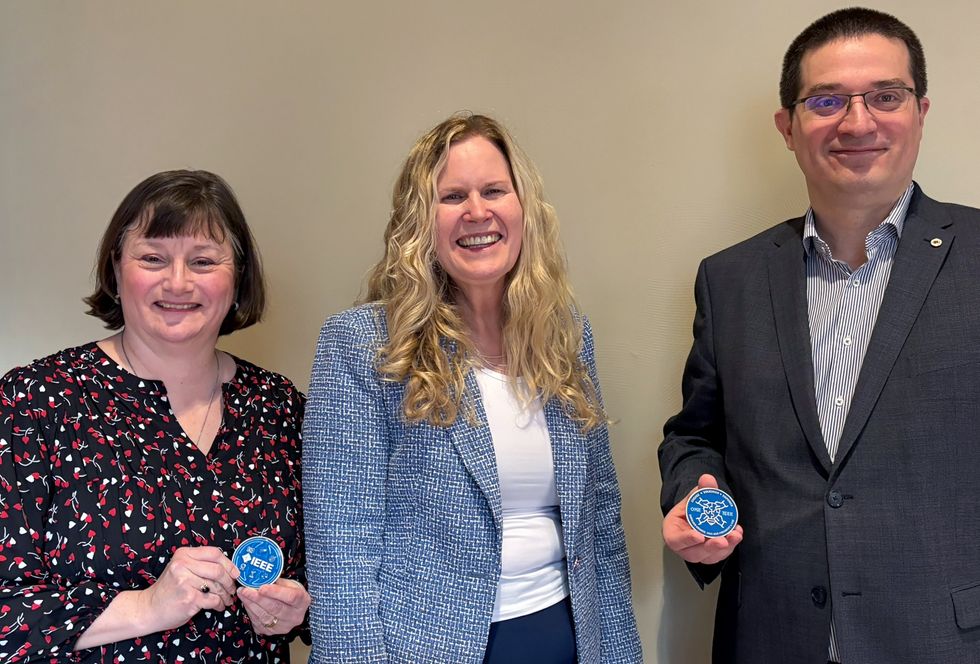Now Reading: Discovery Dish: From Weather Satellites to Cosmic Signals
-
01
Discovery Dish: From Weather Satellites to Cosmic Signals
Discovery Dish: From Weather Satellites to Cosmic Signals

Quick Summary:
- A new product, the Discovery Dish by KrakenRF, enables users to receive weather satellite transmissions and perform radio astronomy using cost-effective hardware.
- The system includes a $115 parabolic antenna (70 cm in diameter) with swappable feeds ($109 each) for different frequency bands,coupled with an SDR receiver and a computer for signal decoding.
- Some applications include picking up L-band weather satellite data or studying galactic hydrogen clouds via radio astronomy.
- Users require additional equipment like mounting hardware and bias tee-enabled SDRs (e.g., $34 RTL-SDR Blog V3) to power the low-noise amplifiers integrated into the feeds.
- The GOES-R generation of NOAA-operated geosynchronous weather satellites transmits data at 400 kilobits per second, offering higher bandwidth than earlier models. It provides detailed imagery and data about global weather patterns and also emergency alerts on a unified signal link.
- Radio astronomy experiments can also be performed with the dish, enabling detection of hydrogen emissions from galactic structures such as the Milky Way’s spiral arms.
Indian Opinion Analysis:
The discovery of affordable technologies like KrakenRF’s Discovery Dish could have significant implications for countries like India that possess diverse geographical terrains requiring localized meteorological data. With its potential to decode advanced satellite imagery directly off-grid,this system may enhance rural disaster preparedness where reliable internet access or interaction infrastructure is limited. Furthermore, integrating high-level tools for amateur radio enthusiasts aids both educational empowerment and community science initiatives.
For India’s scientific ecosystem, such innovations might be leveraged in academia or amateur circles for conducting basic research in atmospheric sciences or even studying cosmic phenomena like galactic structure mapping.However, pragmatic adoption would require ensuring compatibility between existing regional satellites (e.g., ISRO’s INSAT series) operating on varying frequencies. This capability aligns well with India’s strides towards self-reliance (“Atma Nirbhar Bharat”) by investing in accessible yet globally competitive technological solutions.Read More: Spectrum IEEE
























